After 8 years of planning and costing more than 500 million kronor (more than 1,180 billion VND), early in the morning of August 19, a church in Northern Sweden began its 5km journey to make way for the expansion of Europe's largest underground iron mine.
The 113-year-old Kiruna Kyrka church, considered a landmark of the north of the country for over 100 years, is expected to be moved to its new location in two days at a speed of 0.5 km/h.
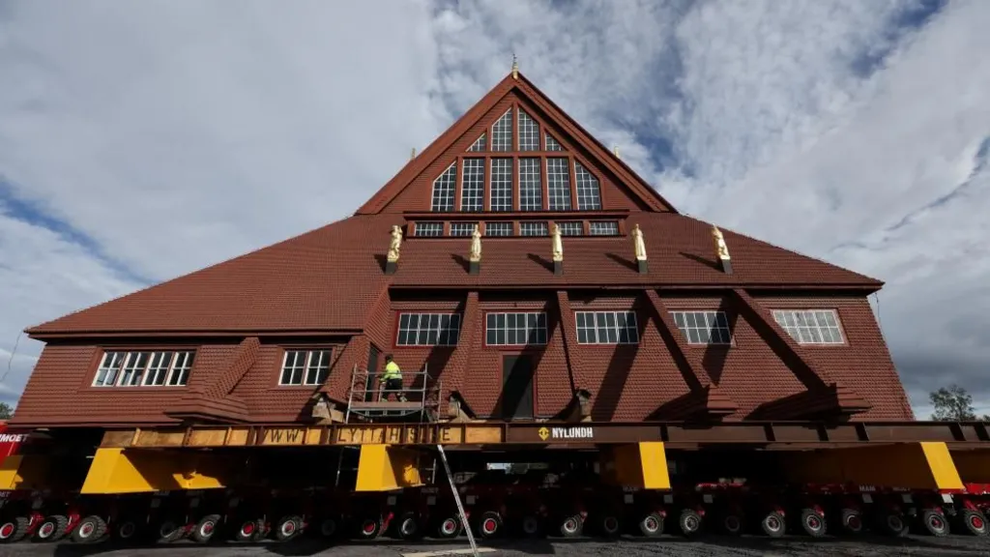
It is part of a decades-long project to relocate the entire Arctic town of Kiruna after a state-owned iron ore mine weakened the ground and threatened to swallow the entire area.
More than 10,000 people lined the streets to witness the historic move of the cathedral. It was the moment the giant red wooden building began to roll. Last weekend, the test run on the 30-meter-long track was a success.
State broadcaster SVT also set up dozens of cameras along the route to broadcast the event, dubbed “Den stora kyrkflytten” (The Moving of the Cathedral), live. The broadcast attracted a huge audience, including viewers in Sweden and around the world.
The wooden church weighs 672 tons, was lifted and moved 5km in 2 days ( Video source: News).
Kiruna Kyrka, designed by architect Gustaf Wickman, is one of Sweden's most beloved ancient buildings. It is famous for its architecture that imitates the traditional Sami tent.
On August 20, a prayer service and coffee party were held at the church, with the hope of setting a world record for “church coffee”. Musical entertainment activities also took place, including a concert by singer Carola.
The church is expected to reopen at its new location by the end of 2026. Meanwhile, the entire relocation of the town of Kiruna may not be completed until 2035.
Swedish media reported that Kiruna Kyrka Church was one of 23 cultural structures to be relocated. The relocation of this giant wooden structure was described as a journey “unique in world history”. Meanwhile, local people were given two options: receiving compensation or rebuilding their houses.
However, the project has also faced criticism. Sami communities fear that the land division will make it difficult for reindeer herders to raise their animals and threaten their indigenous culture.
Karin, a reindeer owner and board member of the Sami village of Gabna Sameby, said the church relocation was just a “big show” to distract from the devastation to the town and indigenous culture.

“The church is just a small part of Kiruna that has been chosen for preservation. I am not happy to see the church moved because I know the impact that mining activities have on everything around it.
It is the loss of biodiversity, air, water, reindeer and wildlife. All are affected. Instead, the company wants to attract attention by preserving the church as a cultural icon," Ms. Karin frankly commented.
In response to criticism, Stefan Hämäläinen, Vice President of Urban Development at LKAB, said that the relocation of Kiruna Church was necessary for its continued existence. According to Stefan, more than 20 years ago, when the urban transformation project was launched, the company relocated a series of buildings.
Although the company did not disclose the cost of the move, on August 19, CEO Jan Moström confirmed that the figure exceeded half a billion kronor (more than 1,180 billion VND). However, he said that this was a worthy investment.
“If the iron mine continues to exist, we will be forced to relocate the town centre of Kiruna. And a town centre without a church is unacceptable. So we have no other choice,” he said.
On the morning of August 19, engineers arranged for the church to rest on a beam system, then two rows of trailers were placed underneath.
Source: https://dantri.com.vn/du-lich/nha-tho-bang-go-nang-672-tan-duoc-nhac-len-va-di-chuyen-5km-trong-2-ngay-20250820132000311.htm



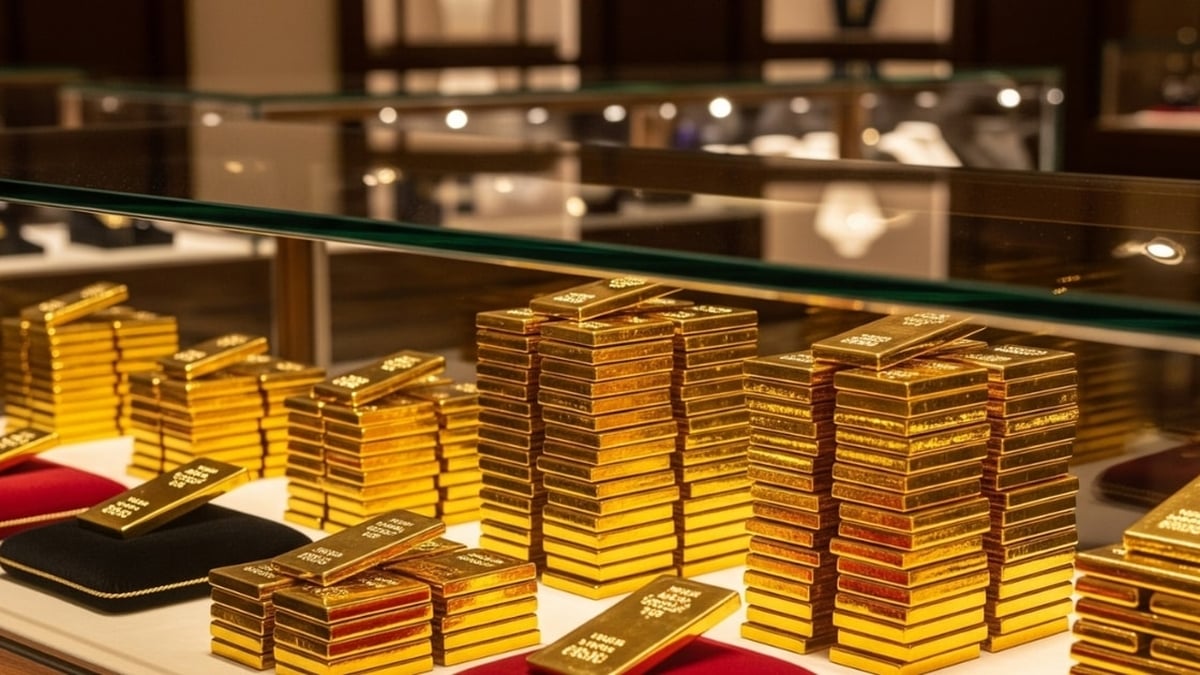
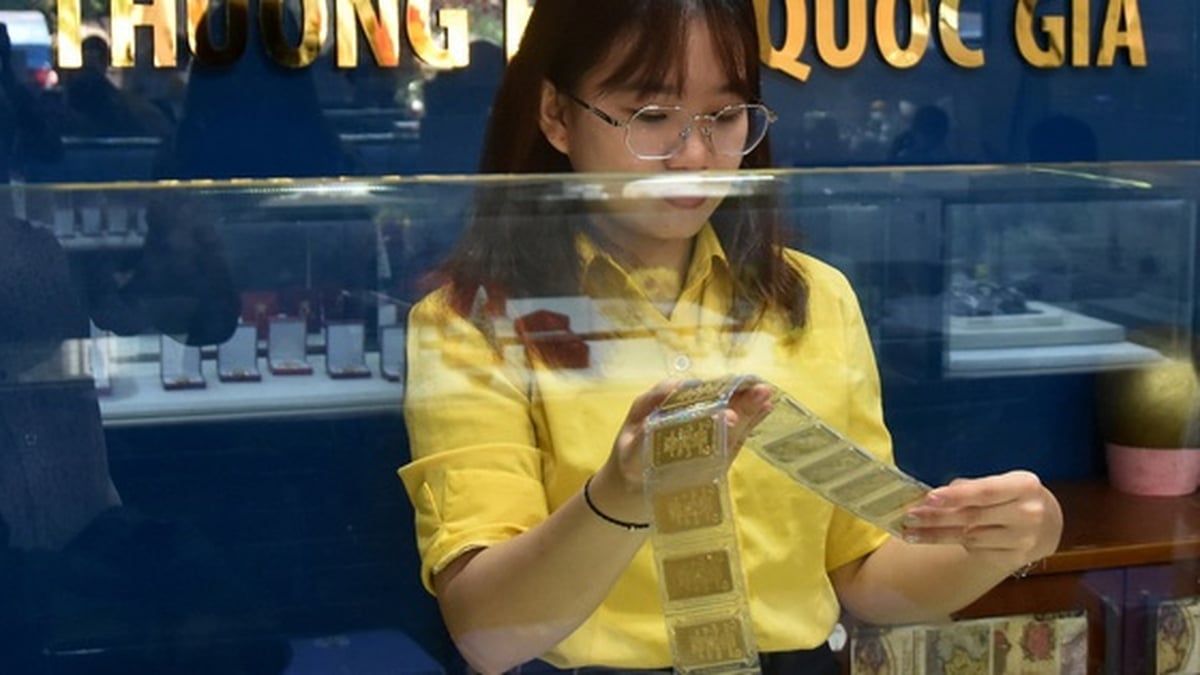



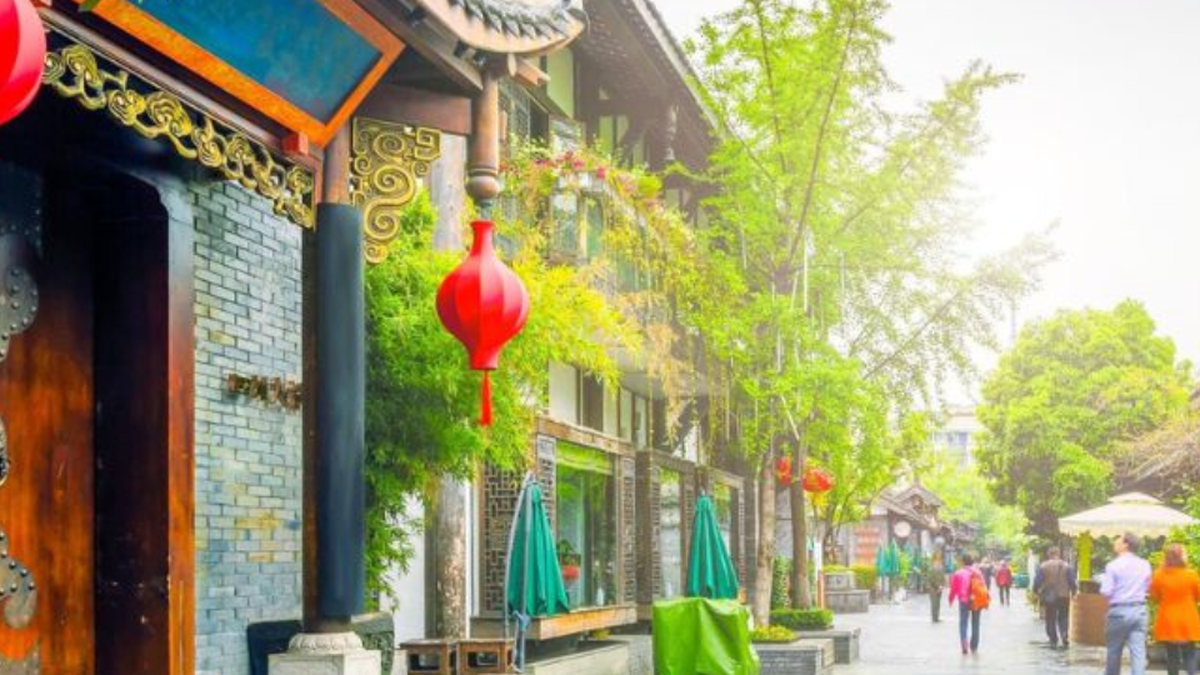




















![[Photo] An Phu intersection project connecting Ho Chi Minh City-Long Thanh-Dau Giay expressway behind schedule](https://vphoto.vietnam.vn/thumb/1200x675/vietnam/resource/IMAGE/2025/8/21/1ad80e9dd8944150bb72e6c49ecc7e08)
![[Photo] Politburo works with Standing Committees of Lang Son and Bac Ninh Provincial Party Committees](https://vphoto.vietnam.vn/thumb/1200x675/vietnam/resource/IMAGE/2025/8/20/0666629afb39421d8e1bd8922a0537e6)
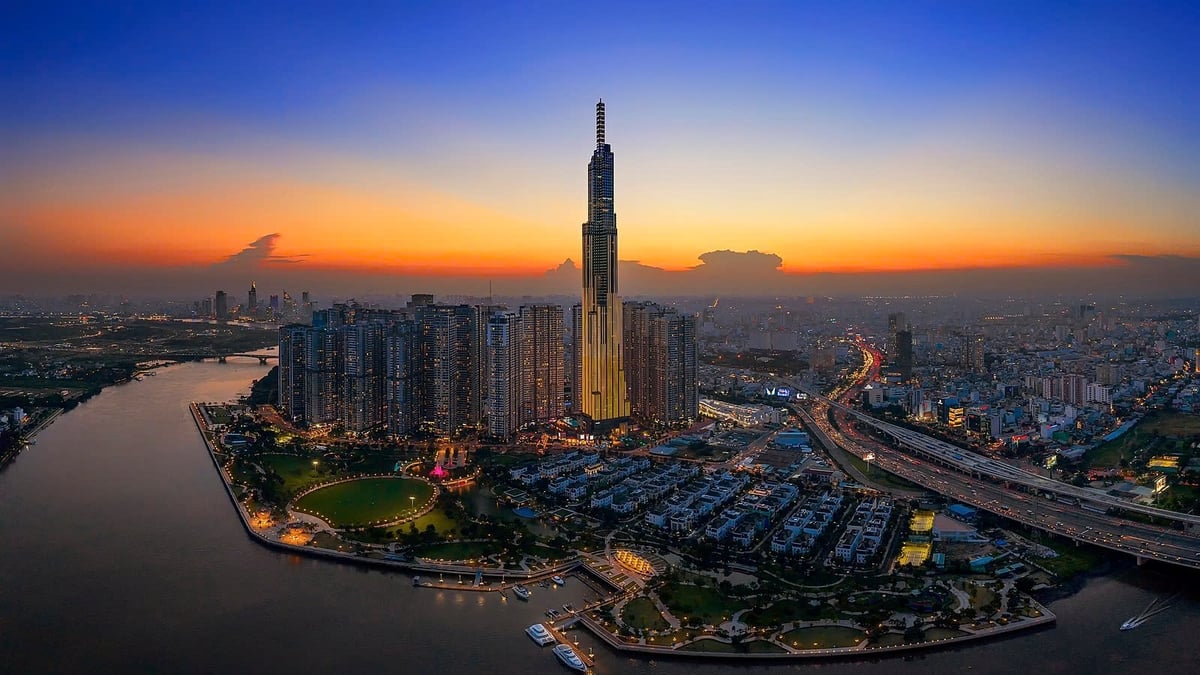
![[Photo] Prime Minister Pham Minh Chinh receives Australian Foreign Minister Penny Wong](https://vphoto.vietnam.vn/thumb/1200x675/vietnam/resource/IMAGE/2025/8/20/f5d413a946444bd2be288d6b700afc33)
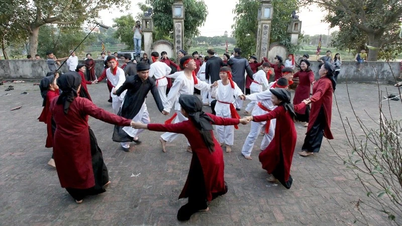



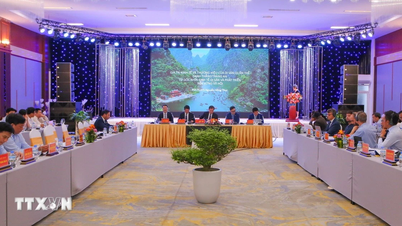

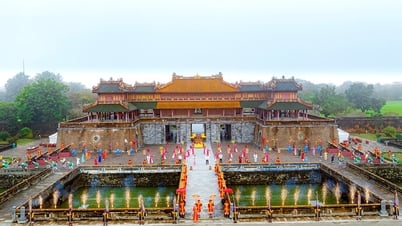







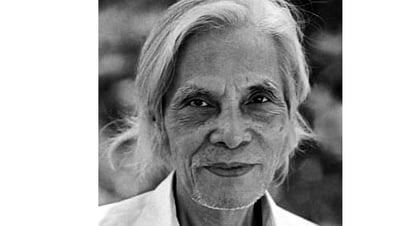

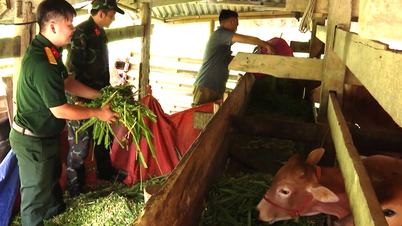




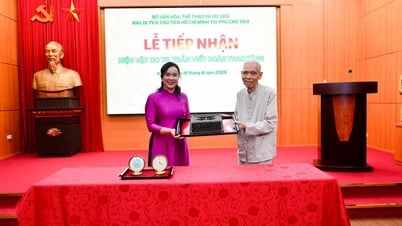





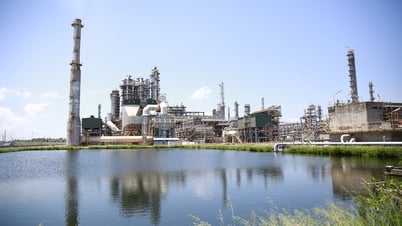





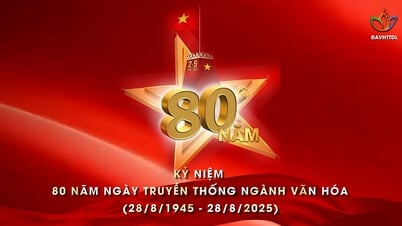
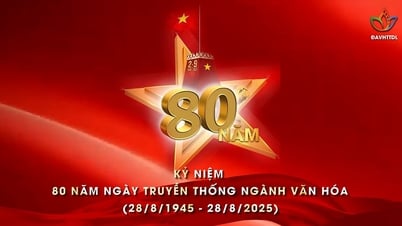




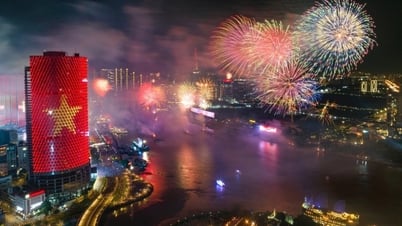


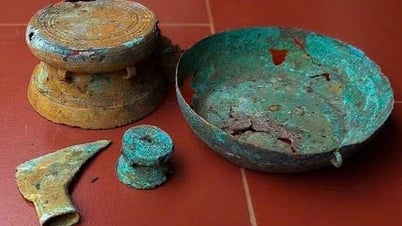


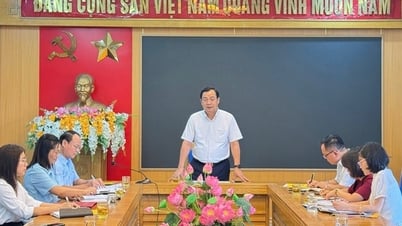
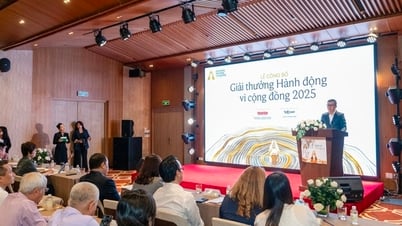





















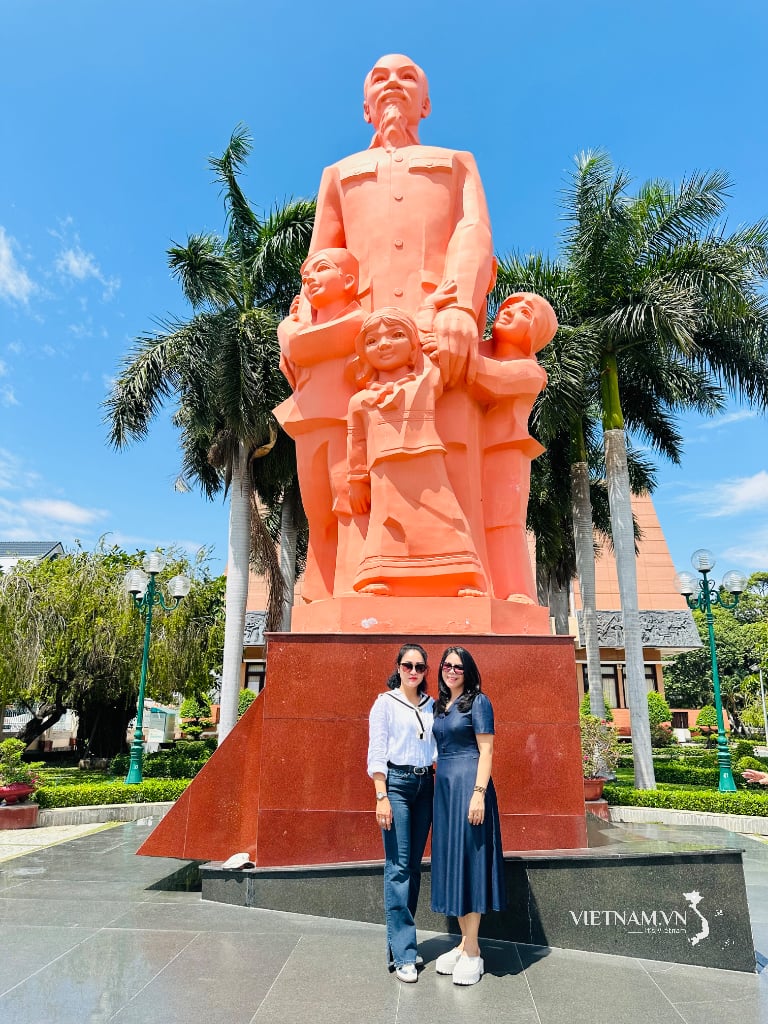
Comment (0)